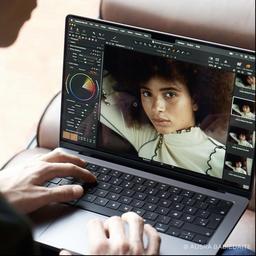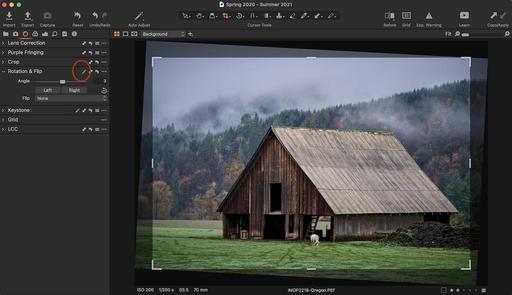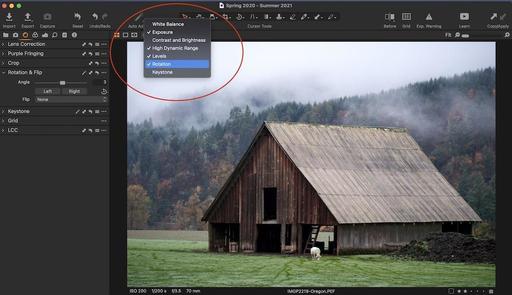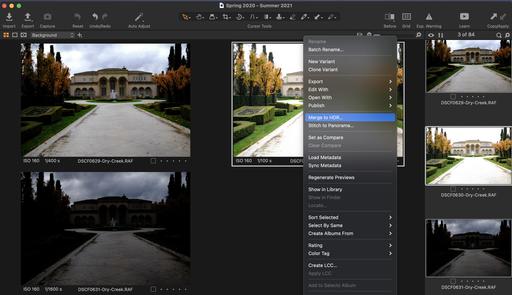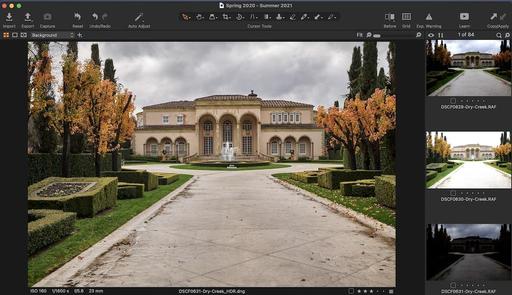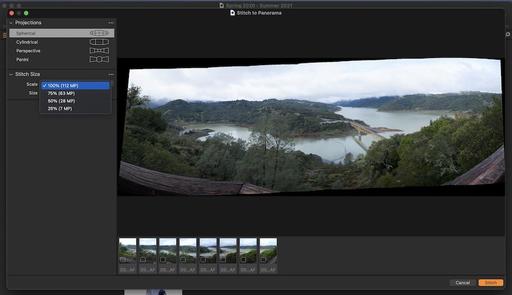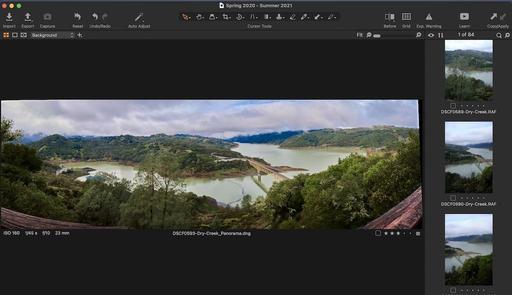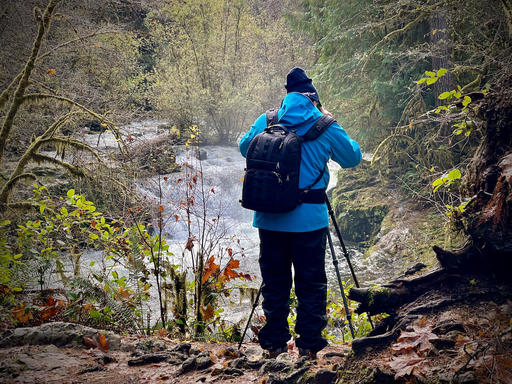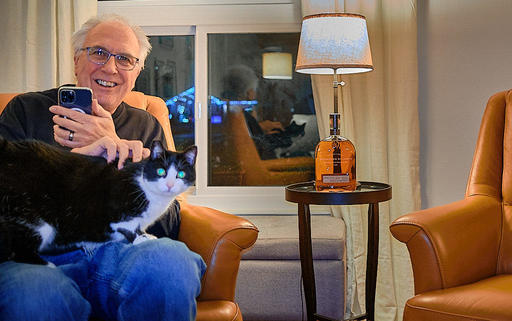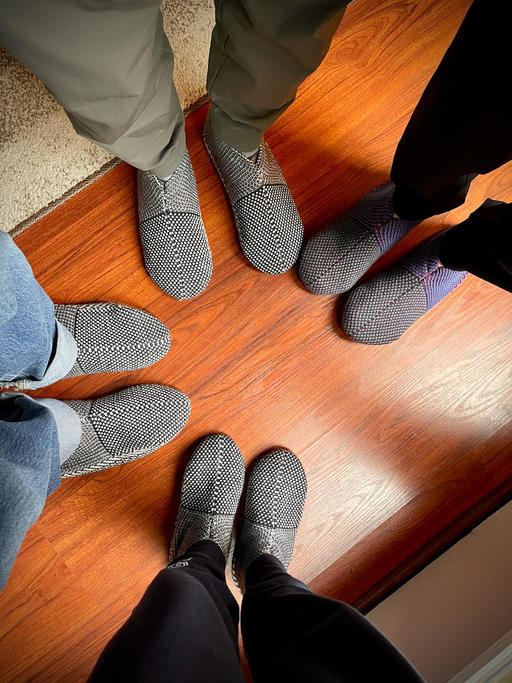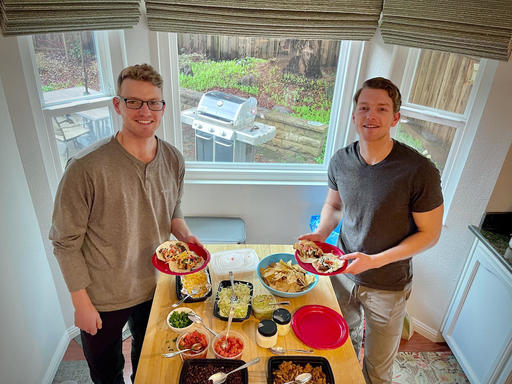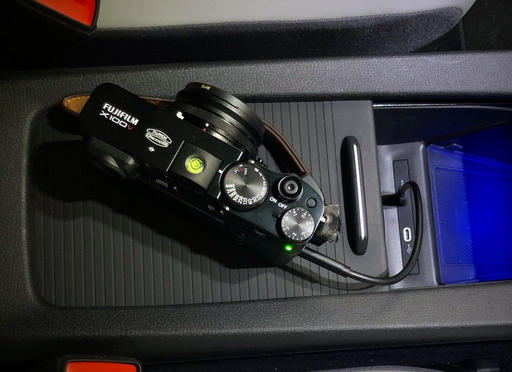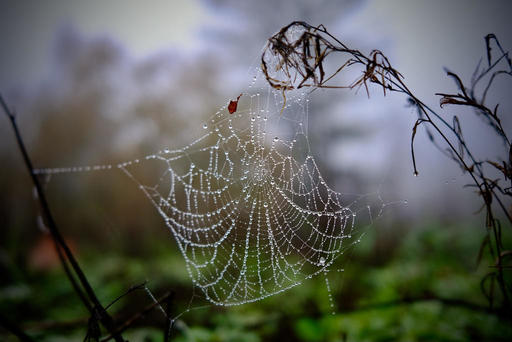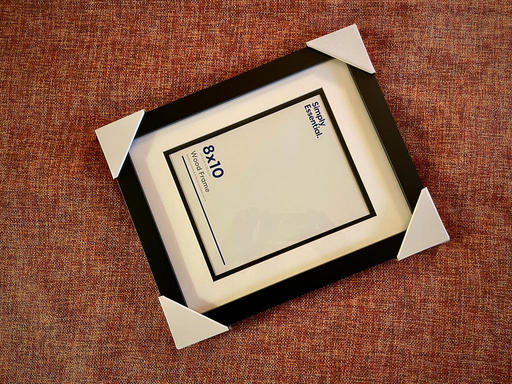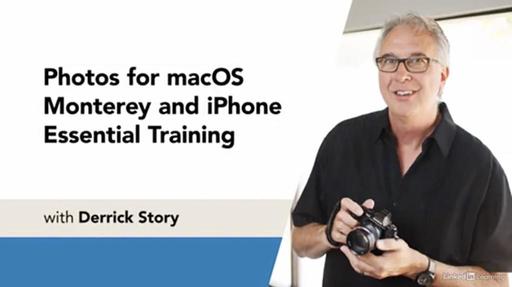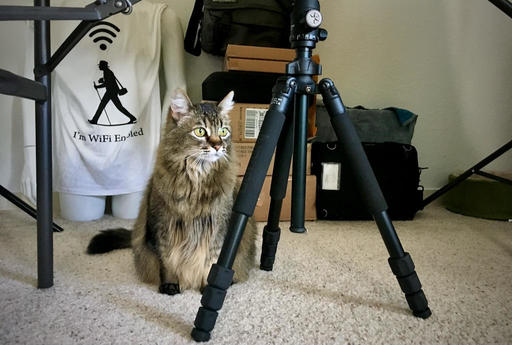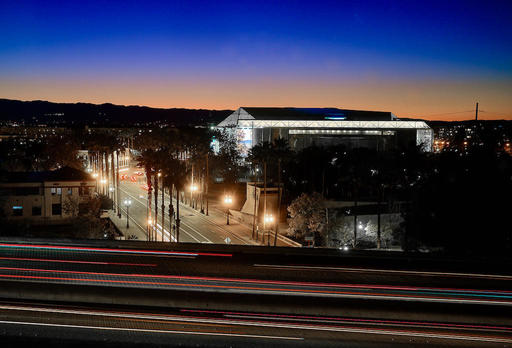This is The Digital Story Podcast #824, Jan. 4, 2022. Today's theme is "Honoring Two Golden Girls" I'm Derrick Story.
Opening Monologue
On December 31, 2021, the world lost two Golden Girls: Betty White and my mother, Lynn Story. I was at mom's bedside with family when we heard the news about Betty White's passing. Hours later, Mom followed. They had much in common, including love of family, tolerance of differences, and care for animals. I wish I had an interview of Betty White to share with you because I so admired her. But I do have a chat with Lynn Story from December 2018 that I'm going to play. There is much to learn from her words. They resonate even more now in 2022. I hope you enjoy the show.
Tune-In Via Your Favorite Podcast App!
Apple Podcasts -- Spotify Podcasts -- Stitcher
Podbean Podcasts -- Podbay FM -- Tune In
Honoring Two Golden Girls
When asked, Betty White said the key to her happiness is that she works to "always find the positive" in her life. "I got it from my mom, and that never changed," she said.
I was thinking about how Betty White and Lynn Story had much in common, and thought it would be good to revisit some pearls of wisdom from Lynn that she shared in a 2018 interview.
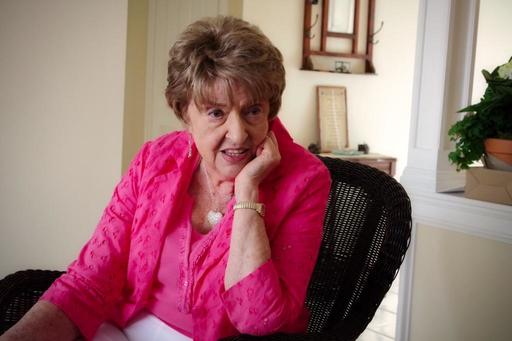 Lynn Story photographed in 2018, Huntington Beach, CA. Photo by Derrick Story.
Lynn Story photographed in 2018, Huntington Beach, CA. Photo by Derrick Story.
One of the things that I've noticed in people who appear to be happy is the notion of, "appreciate others rather than judge them." This idea of appreciation was certainly a theme in my Mom's life.
As an example, I stayed in her apartment on Thursday night while she was in the hospital. I wanted to take care of her kitty and get a little bit of sleep before heading back.
I noticed an envelope on her bed that read, "For my hardworking housekeeper and waiter." Even though she was in independent living, she did have weekly housekeeping and help if needed. The envelope contained a thank you card with a gratuity. This was something she did time and time again with practically everyone who contributed to her life.
There's a reason why some people go directly to heaven. Caring for and respecting others is at the top of the list.
The 2022 TDS Workshop Season
We have great events lined up for this year, and there are a few more coming. Here's a recap of what we have so far:
- March 2022 - Writing for Online Publishing (online)
- April 2022 - Humboldt Redwoods Workshop (physical)
- May 2022 - Infrared Photography Workshop (online event)
- August 2022 - Ultimate B&W Photography Workshop (online)
- Sept. 2022 - Eastern Sierra Photo Workshop (physical)
- Nov. 2022 - Oregon Coast Photography Workshop (physical)
You can learn more about all of these events and register by visiting TheNimblePhotographer.com.
Samsung's New TVs Let You Buy, Sell, and Display Photography NFTs
You can read the entire article on PetaPixel.
As part of a series of announcements it made for the Consumer Electronics Show (CES), Samsung unveiled that it would be adding an NFT marketplace into its smart TV system that would allow users to browse, buy, sell, and display art on Samsung TVs.
The introduction of the NFT Platform marks the first time a major television manufacturer has decided to support non-fungible tokens in any capacit and provides a more tangible way for NFT owners to enjoy their purchases.
The company's NFT aggregation platform is built into this system and allows users to browse, buy, sell, and display NFT art directly through a compatible Samsung television. The company says that the NFT platform it built features an intuitive, integrated platform. Any art bought or displayed is supported by the aformentioned Samsung Smart Calibration feature that automatically adjusts the display settings "to the creator's preset values" to assure that how it appears is exactly, or as close as possible to, how the artist intended. The Verge compares the idea to Dolby Vision or Netflix Calibrated Modes as an example of how this might work.
The NFT Marketplace feature will be supported on the company's 2022 lineup of MICRO LED, Neo QLED, and The Frame television models. Samsung says that the platform is an aggregator, and as such, it is assumed that the platform isn't just supported by one NFT marketplace, but several. The company hasn't specified which marketplaces it will support, but that information should become more available leading up to the commercial availability of the televisions.
Photos for macOS Monterey and iPhone Essential Training
You can view the course here on LinkedIn Learning.
With the free Photos for macOS software from Apple, you can manage, enhance, and share photos in a variety of ways. In this course, photographer, author, and educator Derrick Story takes you on a detailed exploration of Photos for macOS.
Derrick gives you a tour of the interface and the headline new features, then goes into detail on the ways you can use Live Text to transform your camera into your personal assistant. He shows you how to search for pictures by object type, copy images from messages to Photos, use Quick Notes with Photos, and automate common tasks with shortcuts.
Derrick walks you through the improved importing process and gives you some useful tips on organizing and editing your pictures directly in Photos. Plus, he shows you where to find more tips and techniques for working with Photos for macOS.
Virtual Camera Club News
Inner Circle Members: A big thanks to those who support our podcast and our efforts!
My Writing on Medium.com: I now have 51 published articles on Medium.com. And if you haven't visited the site, and enjoy good writing on a variety of topics, I suggest that you may want to take a look. You can just go to the home page and enter "Derrick Story" in the search field. And if you like what you read, then follow me!
The New Donation Kit for Carefree Shipping of Found Film Cameras - If you've discovered a film camera that's no longer being used, our new Donation Kit makes it easy to pack and ship. Just visit the Contact Form on thenimblephotographer.com, click the box next to Donating a Film Camera, and let me know what you have. In your note, be sure to include your shipping address.
Affiliate Links - The links to some products in this podcast contain an affiliate code that credits The Digital Story for any purchases made from B&H Photo and Amazon via that click-through. Depending on the purchase, we may receive some financial compensation.
Red River Paper - And finally, be sure to visit our friends at Red River Paper for all of your inkjet supply needs.
See you next week!
You can share your thoughts at the TDS Facebook page, where I'll post this story for discussion.
